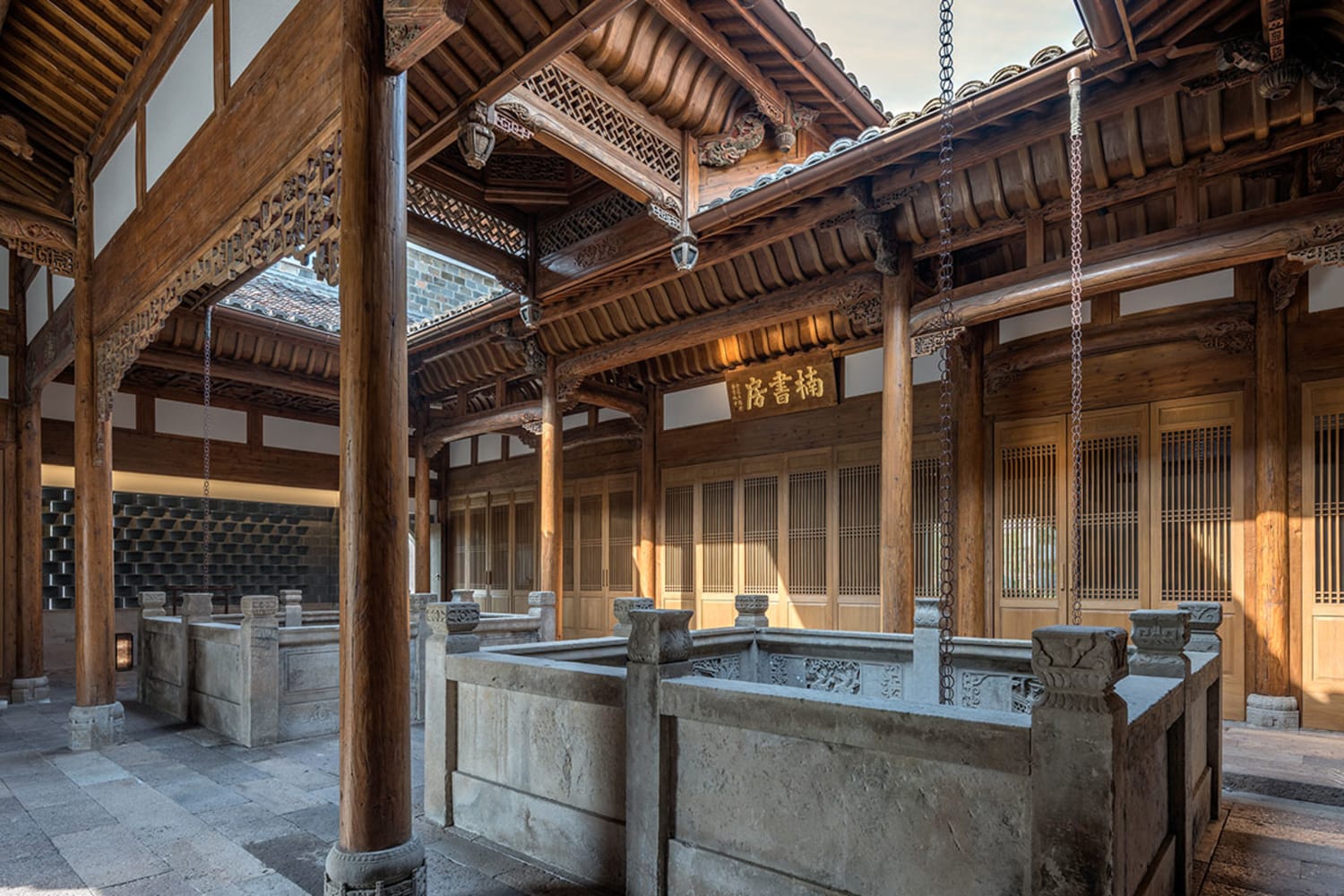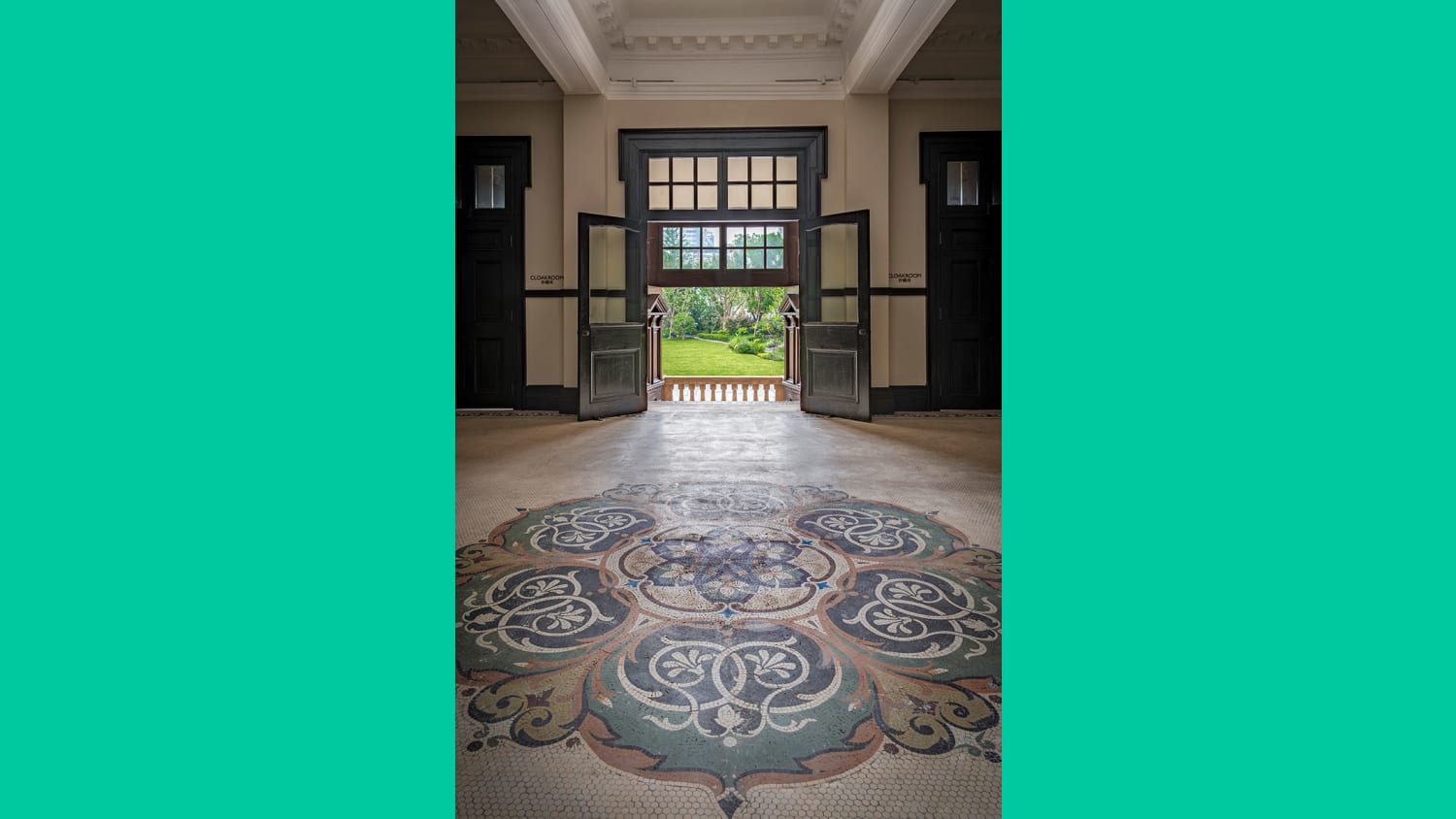It used to be that Chinese luxury consumers wanted the new and the shiny, but a new generation of sophisticated, millennial travelers is increasingly seeking out the old and the authentic. Outbound Chinese tourists value local, cultural and historical experiences more now than ever before, and are choosing places to stay that offer them this, according to a recent study by Hotels.com and market research firm Ipsos. Back in China, too, heritage and ancient architecture in the hospitality industry seem to be enjoying a growing currency and appeal.
“Could history be the new luxury in China?” Lawrence Osborne asks in Travel + Leisure. “As fragments of the nation’s heritage become harder to find, their value is certainly appreciating in the eyes of a rising middle class.”











